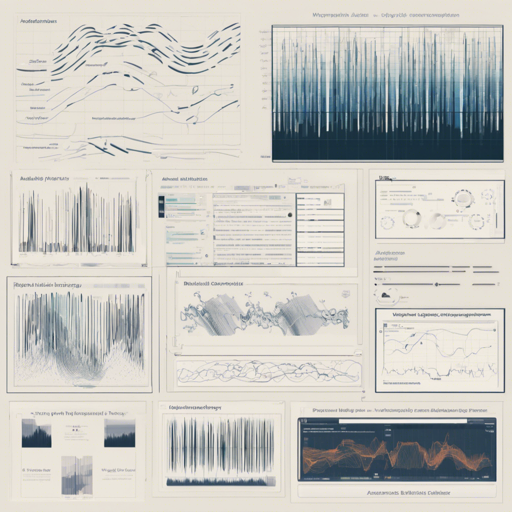Are you venturing into the intricate world of audio signal processing? Would you like to harness a powerful tool that allows you to extract features, classify audio, and perform segmentation? Look no further than the pyAudioAnalysis Python library! This guide will help you get started and troubleshoot common issues.
What Can You Do with pyAudioAnalysis?
By utilizing this library, you can:
- Extract audio features and representations like mfccs, spectrograms, and chromagrams.
- Train, parameter tune, and evaluate classifiers of audio segments.
- Classify unknown sounds.
- Detect audio events and remove silence from long recordings.
- Perform supervised and unsupervised segmentation and extract audio thumbnails.
- Train and utilize audio regression models for applications like emotion recognition.
- Apply dimensionality reduction techniques to visualize audio data and identify content similarities.
Installation Guide
Getting started with pyAudioAnalysis involves a few simple steps:
- Clone the Source: Open your terminal and type the following command:
- Install Dependencies: While in the cloned directory, run:
- Install Using pip: Finally, execute:
git clone https://github.com/tyiannak/pyAudioAnalysis.gitpip install -r requirements.txtpip install -e .How to Classify Audio Using pyAudioAnalysis
The essence of pyAudioAnalysis lies in its ability to classify audio segments. Here’s how you can do it:
Imagine you have a library filled with music albums, each album representing a different genre. When a new song enters the library, you want to identify which album (or genre) it belongs to. You can train a classifier using a similar approach. The code snippet below illustrates this:
from pyAudioAnalysis import audioTrainTest as aTaT
# Extract features and train the classifier
aTaT.extract_features_and_train([classifierData_music,classifierData_speech],
1.0, 1.0, aT.shortTermWindow, aT.shortTermStep,
svm, svmSMtemp, False)
# Classify an unknown audio file
aT.file_classification("data/doremi.wav", svmSMtemp, svm)
In this example, you first extract audio features from classified data (like music and speech) and train a classifier. Once trained, the classifier can categorize unknown audio by predicting whether it is music or speech, just like identifying the genre of a new song in your library.
Troubleshooting Common Issues
While working with pyAudioAnalysis, you may encounter some challenges. Here are a few troubleshooting tips:
- If an error occurs during installation, ensure Python and pip are up to date.
- Check that all required dependencies were installed successfully by revisiting the installation steps.
- If your audio files aren’t being classified correctly, verify that they are in the correct format and properly pre-processed.
- For in-depth guidance, visit the library’s wiki.
For more insights, updates, or to collaborate on AI development projects, stay connected with fxis.ai.
Further Learning Resources
To expand your understanding of audio analysis and pyAudioAnalysis, consider exploring the following:
- Audio Handling Basics – Learn how to handle audio files from the command line and basic Python programming.
- Intro to Audio Analysis – This resource provides a deeper dive into audio feature extraction, classification, and segmentation.
- How to Use Machine Learning to Color Your Lighting Based on Music Mood – Discover an interesting use-case for training real-time music mood estimators.
At fxis.ai, we believe that such advancements are crucial for the future of AI, as they enable more comprehensive and effective solutions. Our team is continually exploring new methodologies to push the envelope in artificial intelligence, ensuring that our clients benefit from the latest technological innovations.

